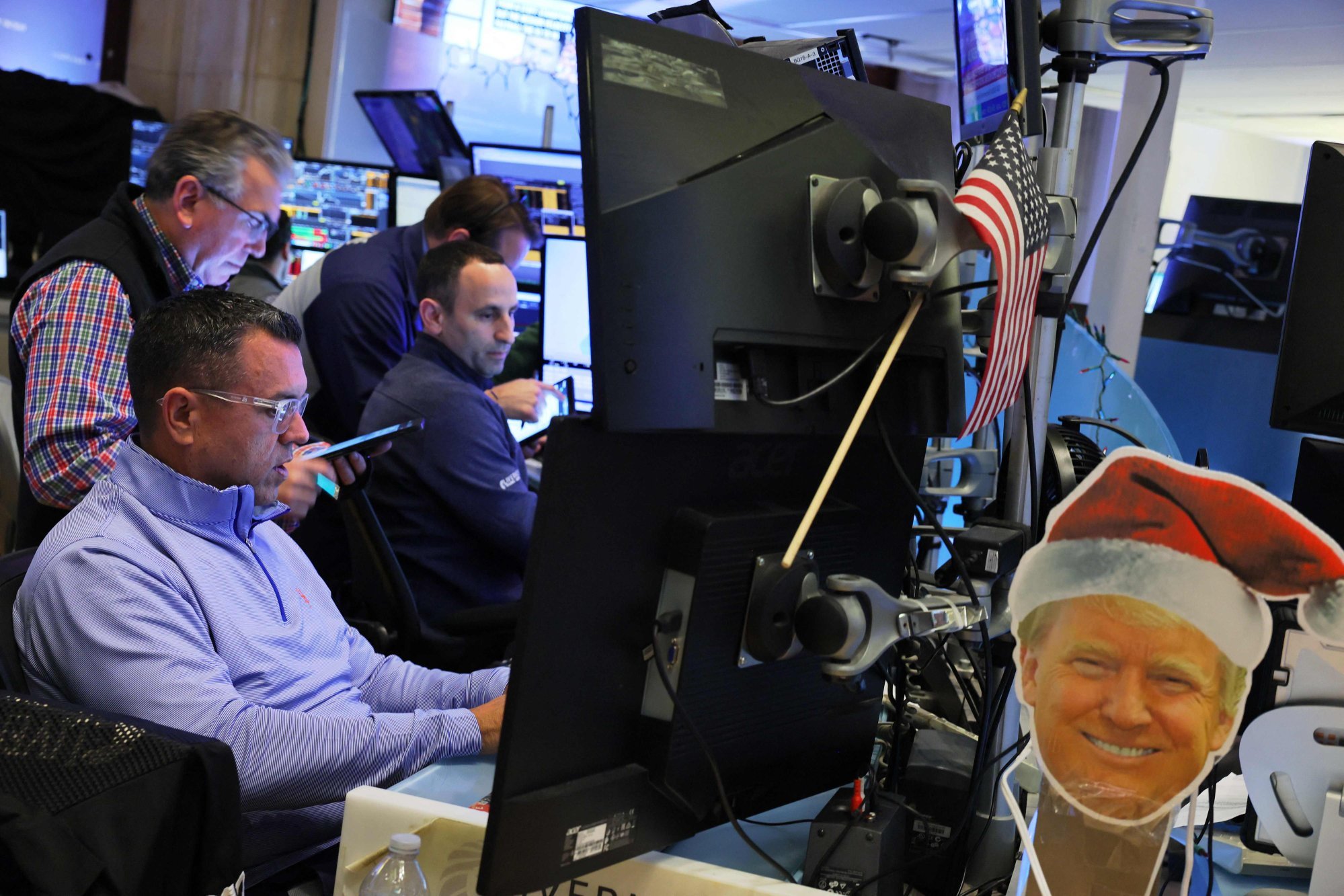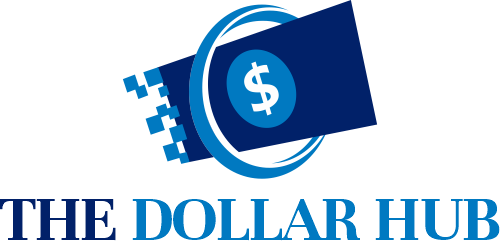China’s publicly listed companies have unveiled at least 20 billion yuan (US$2.73 billion) in buy-backs this week, as they set aside resources to prop up their own stock during a global meltdown in equity markets triggered by US President Donald Trump’s tariff war.
More than 100 companies have announced buy-backs, including China’s state oil company PetroChina, the world’s largest appliance maker and Midea Group. Electric vehicle battery producer Contemporary Amperex Technology or CATL, which is said to be seeking about US$5 billion in an initial public offering (IPO) in Hong Kong this quarter, has set aside as much as 8 billion yuan to support its shares, according to filings.
These 100 companies are joining several deep-pocketed state funds under the umbrella of the nation’s US$1.3 trillion sovereign wealth fund, as they buy back shares and increase their stakes to prop up prices and prevent a meltdown in the US$10 trillion onshore stock market.
Do you have questions about the biggest topics and trends from around the world? Get the answers with SCMP Knowledge, our new platform of curated content with explainers, FAQs, analyses and infographics brought to you by our award-winning team.
China’s central bank said this week that it would put its financial muscle and relending facilities behind the government’s buy-backs. China Chengtong Holdings Group and China Reform Holdings Corp. said they had allocated 100 billion yuan from the 1.63 trillion yuan of state-owned capital to buy stocks.

These buy-backs “can be effective in containing the spread of panic and reducing the stampede in the market,” said Xu Chi, an analyst at Zhongtai Securities in Shanghai. “Besides curbing short-term volatility, [the biggest] listed companies are also sending a message of confidence in their future earnings to quell any panic [about] their businesses.”
PetroChina, one of China’s three state oil companies, said its controlling shareholder would spend between 2.8 billion and 5.6 billion yuan to raise its stake in the company, making it the second-largest pledge this week. CNOOC, China’s offshore oil prospecting and extraction company, plans to buy back 4 billion yuan worth of shares. Midea, which owns the German robotics company Kuka, has set aside 3 billion yuan to prop up its stock.
This week’s interventions were extensions of the record 300 billion yuan that Chinese companies spent last year on buy-backs, according to official data.
The CSI 300 Index, which tracks 300 of the largest stocks on the Shanghai and Shenzhen exchanges, rose 1.3 per cent on Thursday as it defied Trump’s exclusion of China from his 90-day tariff pause.
Chinese policymakers will soon step up policy easing and boost stimulus measures to counter the implications of Trump’s tariff, adding to the tailwinds for stocks beyond buy-backs, according to analysts and investors.
“We expect a combination of fiscal and monetary measures to be announced,” said Ray Sharma-Ong, head of multi-asset investment solutions for Southeast Asia at Aberdeen Investments. “Monetary measures such as a reserve requirement ratio cut, rate cut, [the central bank] restarting bond purchases, and monetised stock market support are likely. An increase to the stock market stabilisation fund, and further consumption boosts such as birth and child subsidies are likely as well.”
Goldman Sachs expects China to deliver more interest-rate cuts this year, raising its forecast for reductions in the policy rate to 60 basis points from 40 previously.
“Over-pessimistic sentiment has been priced in,” said Deng Lijun, an analyst at Huajin Securities. “A [series] of measures are on the way to stabilise the stock market.”
More from South China Morning Post:
For the latest news from the South China Morning Post download our mobile app. Copyright 2025.





